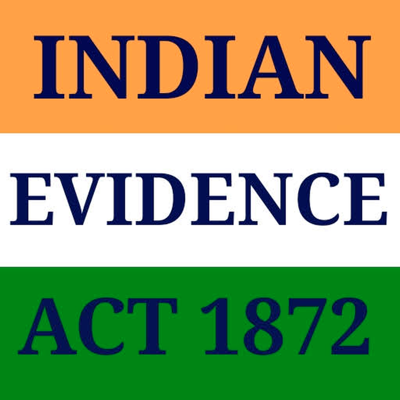Ratings & Reviews performance provides an overview of what users think of your app. Here are the key metrics to help you identify how your app is rated by users and how successful is your review management strategy.
The Indian Evidence Act, originally passed in India by the Imperial Legislative Council in 1872, during the British Raj, contains a set of rules and allied issues governing admissibility of evidence in the Indian courts of law. The Indian Evidence Act, identified as Act no. 1 of 1872, and called the Indian Evidence Act, 1872, has eleven chapters and 167 sections, and came into force 1 September 1872. At that time, India was a part of the British Empire. Over a period of more than 125 years since its enactment, the Indian Evidence Act has basically retained its original form except certain amendments from time to time. Amendments: The Criminal Law Amendment Act, 2005 The enactment and adoption of the Indian Evidence Act was a path-breaking judicial measure introduced in India, which changed the entire system of concepts pertaining to admissibility of evidences in the Indian courts of law. Until then, the rules of evidences were based on the traditional legal systems of different social groups and communities of India and were different for different people depending on caste, community, faith and social position. The Indian Evidence Act introduced a standard set of law applicable to all Indians. The law is mainly based upon the firm work by Sir James Fitzjames Stephen, who could be called the founding father of this comprehensive piece of legislation.




